
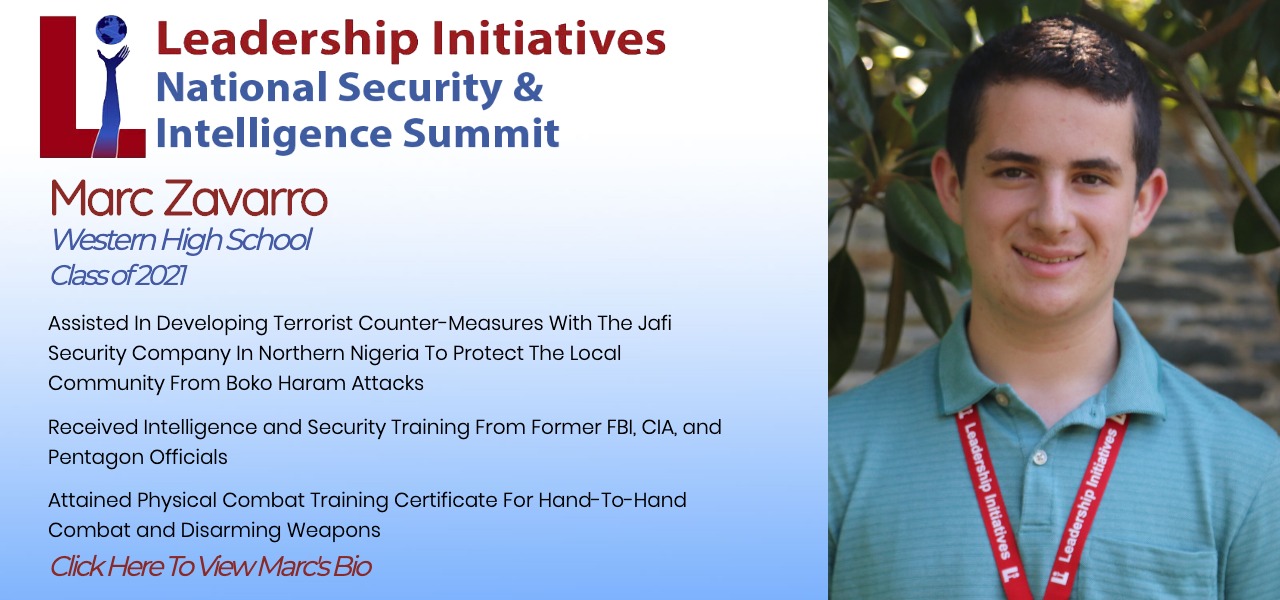

Collaborated with a group of the world’s premier scientists, professors, and professionals in the fields of neuroscience and neuroethics.
Synthesized new neuroscience knowledge into a research proposal for a cutting-edge neuroscience experiment.
Engaged in interactive activities with discussions about cognitive neuroscience and neuroethics in a cross-cultural setting through a biophysical lens.
Read more about Pradnya here.
Pradnya Jagdale
Fergusson Junior College
Class of 2021



Pradnya Jagdale is a high school student at Fergusson Junior College in Pune , India . She is a inter college and state level winner of Brain Bee Championship . She is also as of now a national competitor for Indian National Brain Bee among top 14 students all over India . She is a Next Genius Scholarship winner for year 2021 . She has also completed a graphology course and she is a certified graphologist .
Pradnya enjoys listening to music , playing different instruments , reading books , writing blogs , cooking and watching movies . She is the Team lead for Next Genius college research programme for Mississippi. She loves to read about different research work and medical cases as well.
Pradnya is excited to participate in leadership Initiative's Advanced Neuroscience Internship Programme as she loves to read about brain and this is an opportunity for her to learn more about what she loves . She is an avid brain enthusiast and she is grateful to LI for this wonderful opportunity . She wants to take more knowledge and help people understand themselves and make them aware of their responsibilities towards the greater good .
Read more about Pradnya's achievements here.
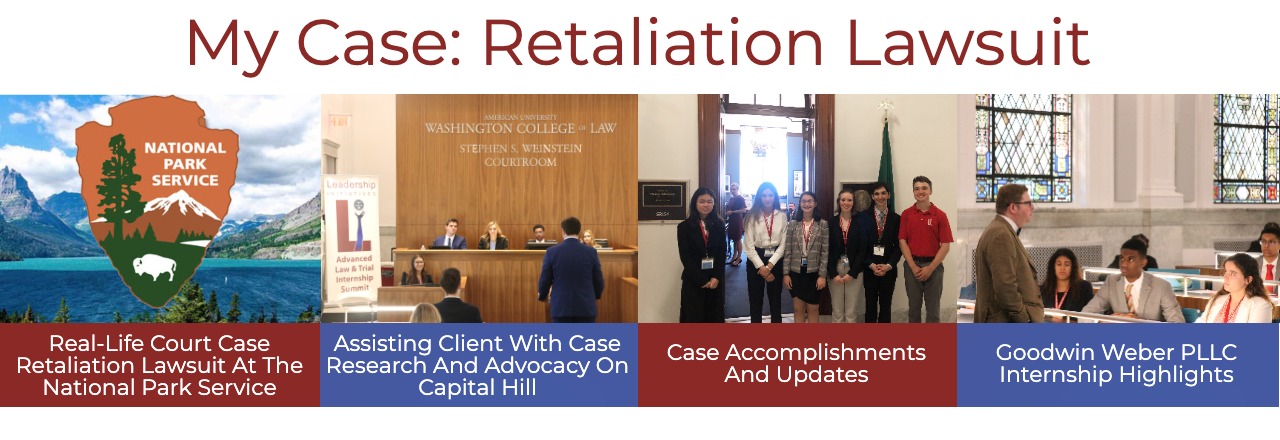
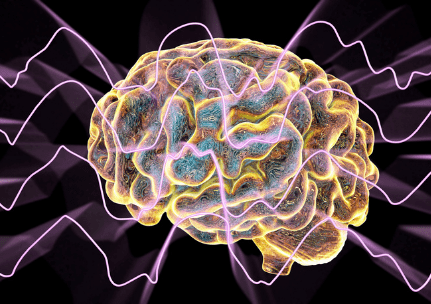
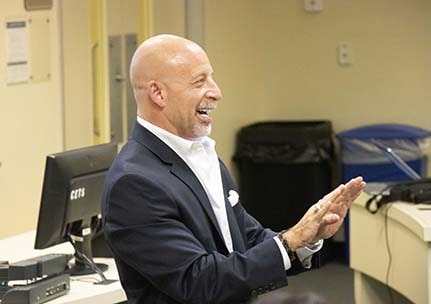
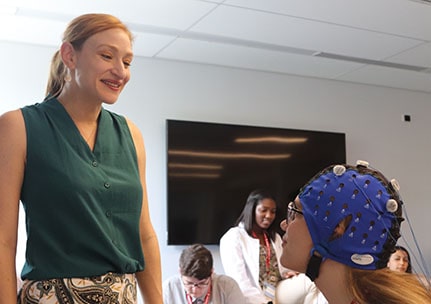

My Neuroscience Training


Neuroscience Experimentation
My Research Proposal & Presentation
Training with Top Neuroscientists
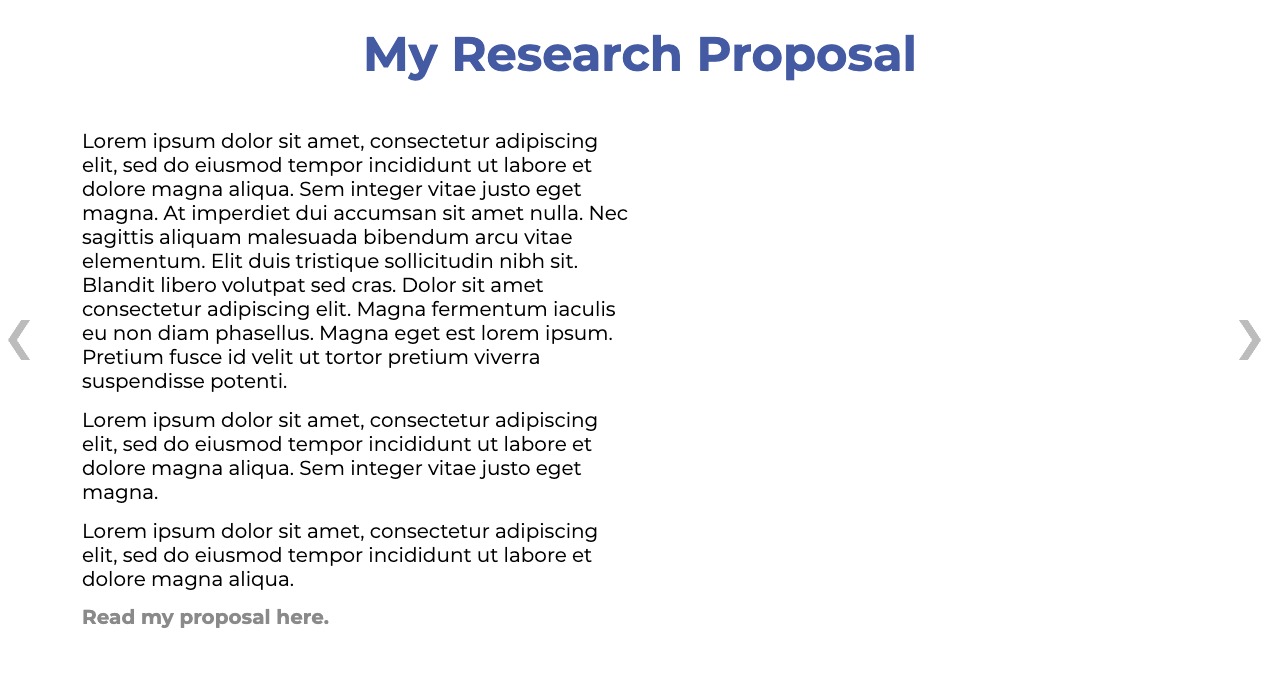


Leadership Initiatives is a 501(c)(3) nonprofit organization that is dedicated to creating future leaders across the globe through experiential learning. In the Advanced Medical Neuroscience Internship, I worked directly with some of the world’s leading scientists to learn about neuroethics, neurocognitive health, and revolutionary developments in the field.
At the conclusion of the internship, I presented my research proposal to a panel of judges including Dr. James Giordano, Dr. John Shook, and Dr. Michael Heinrich. Respectively, these judges are the Chair of Georgetown University’s Neuroethics Studies Program, Philosopher and Bowie State University Professor, and Coburg University’s School of Design Dean of Studies.
In order to address the lack of research surrounding implicit racial bias and the amygdala, I presented this proposal to this distinguished panel of judges. I proposed a research method that would measure implicit bias against African American males through amygdala activity in relation to social media usage.
Read my proposal here.
My Research Proposal

My research posed the answer to the question, “How does implicit racial bias towards African American males measured through amygdala activity relate to varying Instagram usage?”
In order to answer this question, I devised a methodology that would examine the effects of controlled exposure to black art and media, issues affecting the black community, and nuanced takes of traditional stereotypes through Instagram on the increase or decrease of implicit racial prejudice. As racial bias is rooted in fear, which our bodies respond to through the amygdala, we will be using an fMRI to gather data on the participants’ brain activity, as well as a Racial Implicit Association Test.
Our anticipated findings suggest that cultural, narrative, and statistical exposure to another demographic would decrease the fear response in the amygdala.
See my research proposal presentation here.

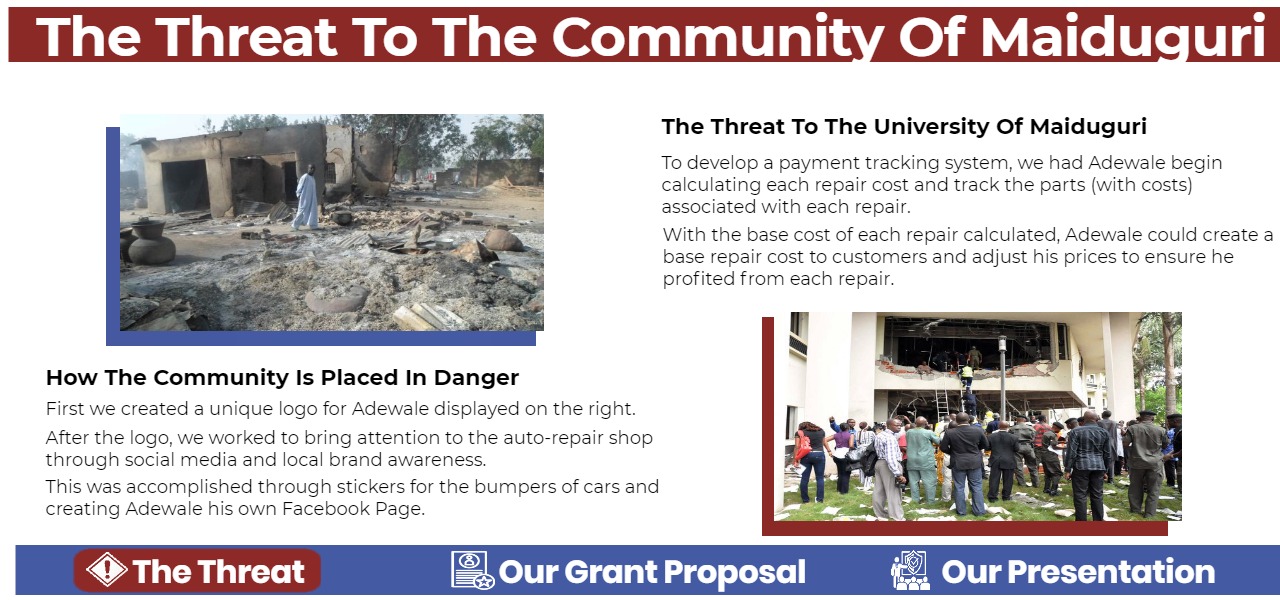
The Frontier of Neuroscience
Deep Brain Stimulation
I had the unique opportunity to speak with Dr. Michael Okun, founder of the University of Florida’s movement disorders program.
Within his work, Dr. Okun utilizes Deep Brain Stimulation (DBS), which operates like a pacemaker within the brain and is often inserted via conscious surgery
Electrodes are put in the brain to regulate electrical signals and help with conditions like Epilepsy, Parkinson’s Disease, Dystonia, Obsessive Compulsive Disorder, and Essential Tremor.


Quantitative Neuroscience Research Methods
Dr. Sebastian Sauer discussed how data is mined from social media and how natural language processing is able to interpret the tone of a post and discern the original intent of the poster.
We explored how this method of quantifying word choice can contextualize how people feel in a broader societal exchange, allowing for the extension of research to the biophysical sphere.
Then we connected this metrics to its implications of what is occuring in the brain when interacting with social media over time, revealing its role along the spectrum of involvement.
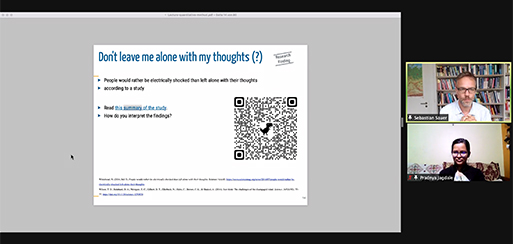

Internship Highlights
Dr. James Giordano

Dr. James Giordano
Neuroanatomy
Brain~Mind Interventions
Experts & Mentors

I had the chance to work and collaborate directly with Dr. James Giordano, Chief of Georgetown University’s Neuroethics Studies Program. In addition to his involvement with a variety of educational institutions, Dr. Giordano is the author of over 350 publications in neuroscience and neuroethics.
During our first meeting, I got a crash course on the biological mind of our species. I learned about the major role our subconscious plays in our thinking, and how these thoughts rarely breach our consciousness.
This new knowledge prompted a debate over free will, whether we maintain true control over our mental functions, and the crucial implications for both our individuals and social lives.

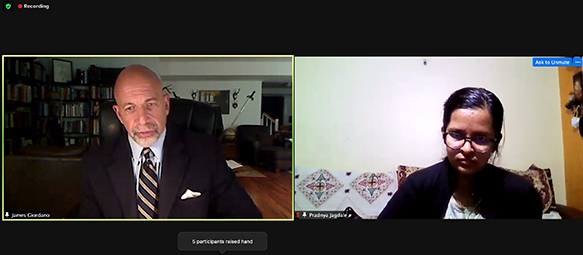


Neuroanatomy

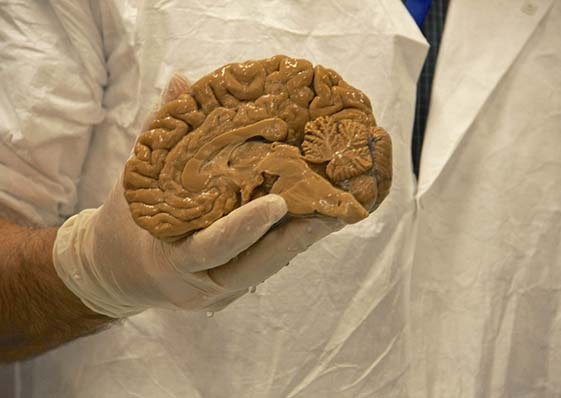
I learned about the anatomy and physiology of the brain in a demonstrative lecture from Dr. Giordano.
The brain is protected by the skull and is composed of the cerebrum, cerebellum, and brain stem. It embodies an individual’s mind and soul, in conjunction with governing intelligence, creativity, emotion, and memory.
This amazing organ is not only of use to us in life but in death as well. After explaining the brain’s anatomy and physiology, Dr. Giordano outlined the use of Brain Banks, which are organizations that accept brains for research that is instrumental in mitigating the effects and prevalence of neurocognitive disease.

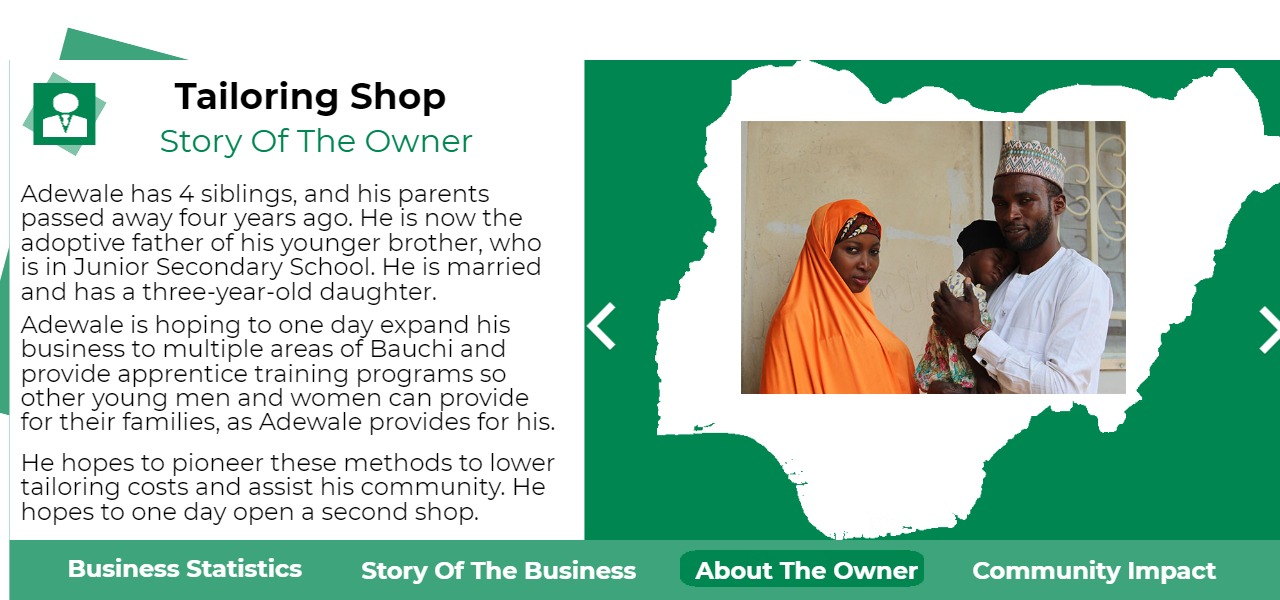
Brain~Mind Interventions

Brain~Mind Interventions are utilized for the treatment, wellness, and enhancement of the mind and brain. These interventions can be categorized into “Low-tech” and “High-tech” Brain~Mind Interventions.
“Low-tech” Brain~Mind Interventions allow you to modify the interactions between the brain and mind through accessible and non-invasive techniques. In contrast, “High-tech” Brain~Mind Interventions are less accessible and can involve invasive procedures.
This new knowledge allowed me to assess the intersection between brain, mind, and body and how they can work together to improve the wellbeing of an individual.

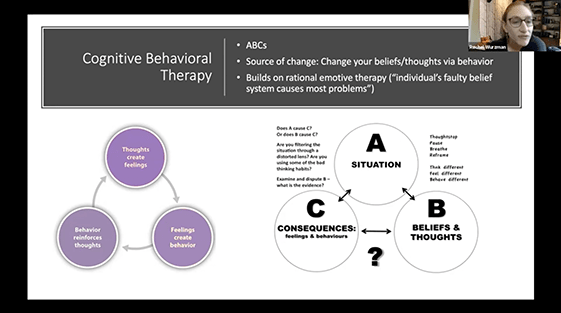

Experts & Mentors

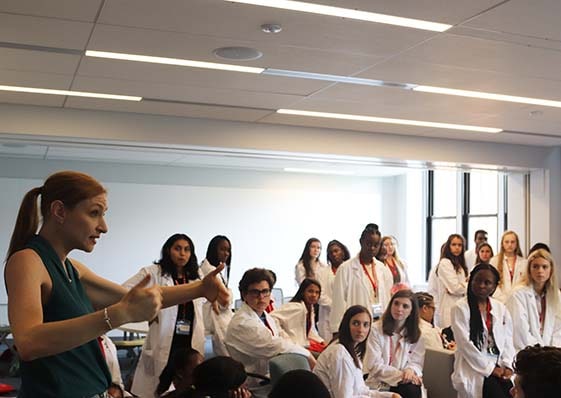
Along with Dr. Giordano, I had the opportunity to work closely with Dr. Rachel Wurzman, a Fellow with the Center for Neuroscience & Society and Postdoctoral Research Fellow in Neurology with the Laboratory of Neural Stimulation at the University of Pennsylvania.
Dr. Wurzman lent her expertise of neuroplasticity, neurodiversity, and neuroethics to help our team develop our research proposal.
In addition to Dr. Wurzman’s assistance, my team worked directly with Professor Heather Aranyi, leading communication coach and faculty in Northwestern University’s Farley Center for Entrepreneurship. Professor Aranyi helped us develop the story behind our proposal, properly contextualize our research, and hone our presentation skills.

